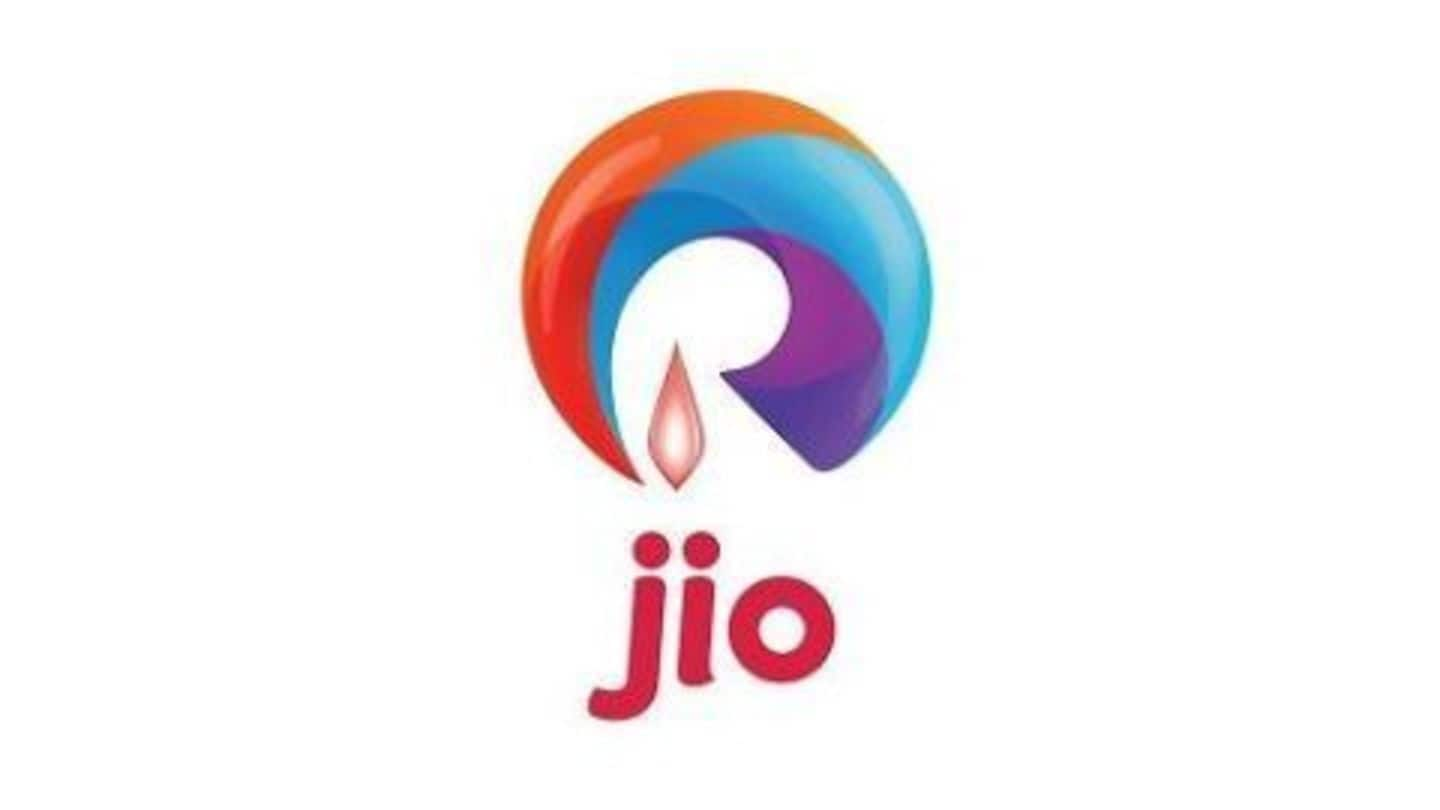
Reliance Jio starts operations of 8,100-km submarine cable system
What's the story
Reliance-jio'>Reliance Jio announced the beginning of operations of the 100 Gigabits/sec Bay of Bengal Gateway (BBG) submarine cable system. The new 8,100-km cable, part of Reliance's larger broadband plans, provides direct connection to South East Asia and the Middle East and onwards to Europe, Africa and Far East Asia by allying with existing cable systems The cost of the project was not divulged.
30 Apr 2013
Global telecom companies ink a a deal for building the Bay of Bengal Gateway
A consortium of global telecom giants signed a deal for building the Bay of Bengal Gateway submarine cable system. The seamless system will be aimed at linking "Malaysia and Singapore to the Middle East with connections in India and Sri Lanka." It was announced that the cable system will commence its commercial traffic by the end of 2014.
Information
Mumbai and Chennai: Indian branches of the ultra high-speed communications system
The work at the landing port in Mumbai was undertaken by Vodafone South Ltd while Mukesh Ambani-led Reliance Jio is carrying out the works at Santhome Beach, Chennai.
24 Sep 2014
BBG gets environmental clearance
The Expert Appraisal Committee (EAC) under the Ministry of Environment and Forests gave Coastal Regulation Zone clearance for BBG submarine cable system. The committee carried out a detailed impact assessment study to identify the potential impacts of the project on the environment in Mumbai and Chennai. The study said the impact on offshore water would be minimal, nor would the fisheries be affected.
Information
Reliance Jio part of a multi-nation cable system consortium
The consortium bringing the high bandwidth consists of global telecom operators such as "Dialog Axiata of Sri Lanka, Etisalat of the United Arab Emirates, Omantel of Sultanate of Oman, Reliance Jio Infocomm of India, Telekom Malaysia Berhad of Malaysia and Vodafone of United Kingdom."
Technology
BBG's advanced technology
The Bay of Bengal Gateway (BBG) uses the advanced submarine cable 100Gbps transmission technology. It employs "wavelength add/drop branching units along the route, with an initial equipped capacity of 9 terabits/sec". It uses "high-speed broadband fibre optic technology; dense wavelength division multiplexing (DWDM)" which provides the ability to be expanded as needed without any supplementary submarine intervention.
Benefits
Bay of Bengal Gateway: Whom will it serve?
Bay of Bengal Gateway (BBG) will be used in addition to the current cable systems such as SMW4, IMEWE, EIG and i2i. The system will benefit carriers seeking cost-effective ways for global connectivity. Big corporates that require high bandwidth in the areas such as "financial institutions and IT providers, as also others seeking route-diversity for reliability" will be benefitted by this high bandwidth cable.